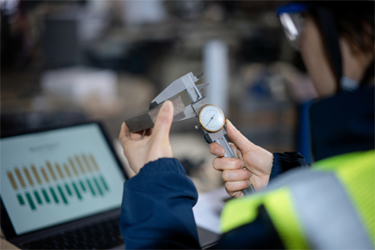The Impact Of Cable Phase Stability On Precision Measurements

Precision measurements in high-frequency systems, such as radar and vector network analysis, rely on phase-stable cable assemblies; even small, unpredictable phase shifts caused by factors like cable handling and flexure can severely impact measurement accuracy and repeatability.
A cable assembly is constructed with layers including a center conductor for signal routing and a low-density PTFE (LD-PTFE) dielectric to maintain conductor alignment. For demanding environments, armored cables add layers like crush protection armor and an outer braid to enhance robustness and signal integrity under stress.
Phase instability arises from several factors:
- Cable flexure and stress: Handling and bending change the internal geometry, altering the signal's path and phase shift.
- Temperature variations: Material expansion/contraction affects the cable's length and the dielectric constant, causing a gradual phase shift known as phase drift.
-
Physical degradation: Sudden damage or long-term wear from repeated flexing and exceeding the minimum bend radius can degrade performance.
To ensure high-confidence results, cable phase stability is quantified using a flexure test with a vector network analyzer (VNA). This involves comparing a straight cable's baseline measurement to measurements taken after introducing controlled bends, like coiling the cable around a mandrel. The resulting data, which plots the maximum phase deviation over frequency, helps engineers select cable assemblies best suited for specific, demanding environments.
Get unlimited access to:
Enter your credentials below to log in. Not yet a member of RF Globalnet? Subscribe today.
